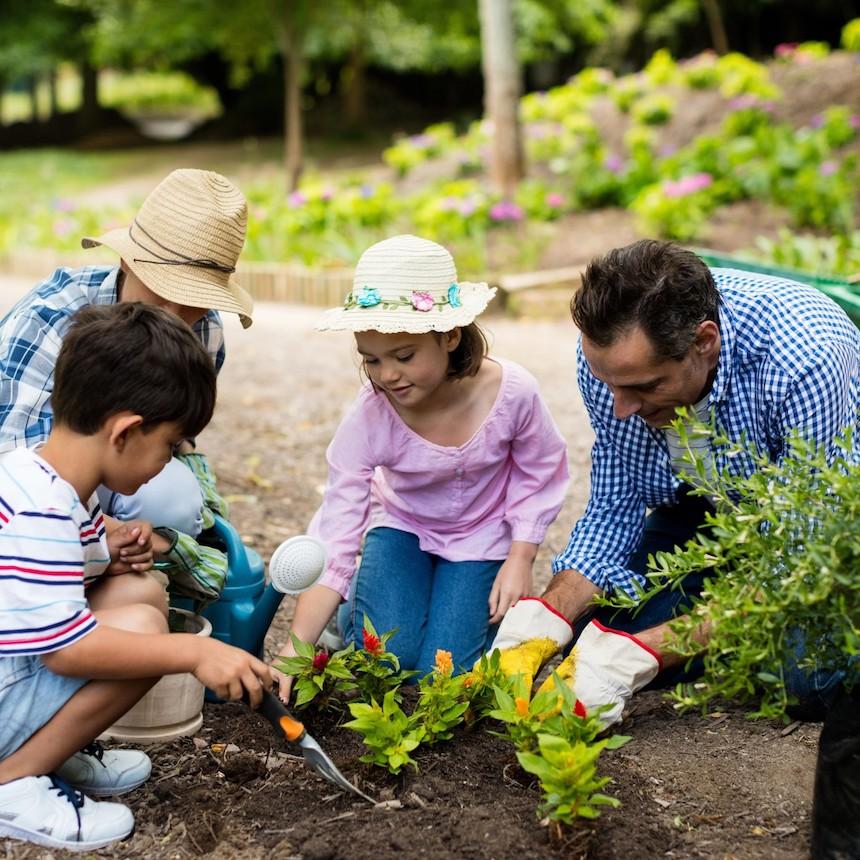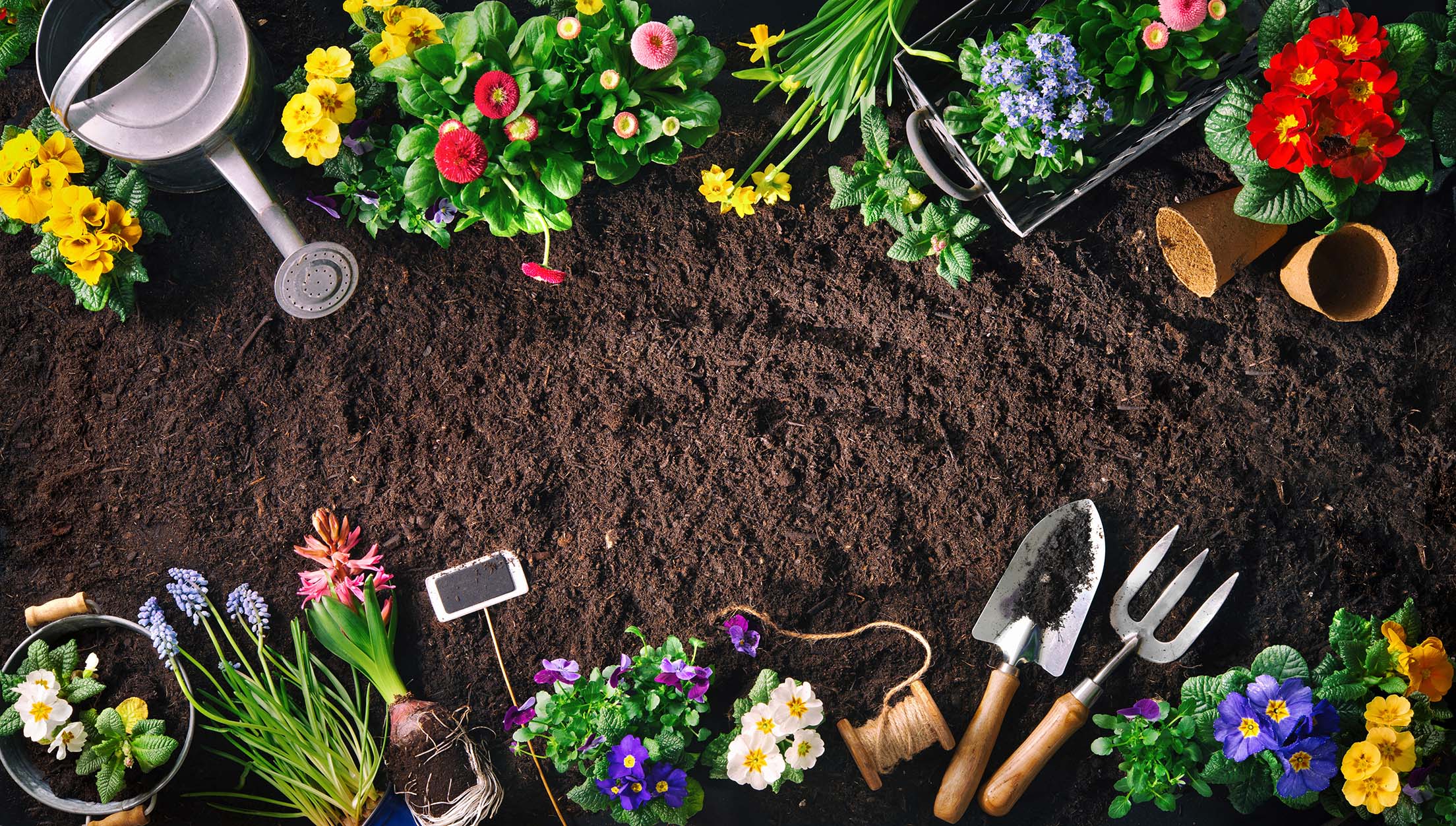Lasting Gardening Tips: Eco-Friendly Practices for Modern Gardeners
Lasting Gardening Tips: Eco-Friendly Practices for Modern Gardeners
Blog Article
Specialist Gardening Tips for Creating a Sustainable and Eco-Friendly Yard
Getting started on the journey to create a environment-friendly and sustainable garden includes a series of deliberate selections and practices that not just improve the beauty of your area but likewise contribute positively to the environment. To reveal more experienced insights and useful approaches, let us check out the vital elements that define an ecologically mindful yard.
Pick Native Plants
Choosing indigenous plants for your yard is a fundamental step toward accomplishing sustainability. Indigenous plants are naturally adjusted to the local climate and soil problems, making them a lot more resistant to local insects and conditions. This lowers the demand for chemical pesticides and fertilizers, hence lessening ecological effect. Furthermore, indigenous plants generally require less water once established, adding to extra reliable water usage.
Beyond their practical benefits, indigenous plants play a crucial duty in sustaining regional biodiversity. They offer vital environment and food sources for native wildlife, including pollinators such as , butterflies, and birds. This promotes a balanced environment, which is crucial for the health of your yard and the surrounding atmosphere.

Implement Water Conservation
Executing water preservation strategies is necessary for preserving a lasting yard. Efficient water use not just lowers the ecological influence however additionally guarantees that plants get adequate hydration without waste. One reliable technique is to use drip watering systems, which deliver water directly to the plant roots, lowering evaporation and runoff. This targeted technique can significantly reduce water use contrasted to traditional sprinklers.
In enhancement, mulching is a valuable practice for conserving water. By applying a layer of organic mulch, such as wood chips or straw, around the base of plants, gardeners can lessen dirt dissipation and keep regular dampness levels. Mulch likewise aids manage dirt temperature level and subdues weed development, further adding to plant health and wellness.
Rain harvesting is one more sustainable strategy. Installing rainfall barrels or other collection systems allows garden enthusiasts to record and keep rainwater, which can later be made use of throughout dry durations. This not only conserves municipal water however also provides an all-natural, chemical-free source for irrigation.
Last but not least, choosing drought-tolerant plant species can drastically reduce water needs. These plants are adapted to grow in low-water problems, making them optimal for environment-friendly gardens. gardening tips. Applying these water preservation techniques will certainly cultivate a durable, sustainable yard
Use Organic Horticulture Techniques

Pest management in an organic garden depends on incorporated bug monitoring (IPM) approaches. These consist of motivating valuable pests, using natural predators like ladybugs and lacewings, and carrying out plant turning to interfere with pest life cycles. Companion planting, where specific plants are expanded together to drive away pests or attract advantageous insects, is one more efficient method.
Weed control is handled with mulching and hands-on removal, as opposed to depending on herbicides. Compost not just subdues weeds yet also conserves moisture and improves soil health as it damages down. Organic composts, such as straw, wood chips, and leaves, are particularly beneficial.
Create Wild Animals Environments
Creating wild animals habitats within your yard not just enhances biodiversity yet additionally supports the ecological community's equilibrium. Start by integrating indigenous plants, as these are well-suited to your neighborhood climate and offer vital food and sanctuary for wild animals.
Think about adding a water function, such as a fish pond or birdbath, to provide a constant water resource. Water elements draw in a selection of species, from amphibians to pollinators, improving the yard's vitality. Furthermore, mounting birdhouses, bat boxes, and insect resorts provides risk-free nesting websites and urges biodiversity.
Leave some areas of your yard uninterrupted, allowing leaf trash and dropped branches to gather. These natural debris stacks develop environments for insects and little animals, fostering a well balanced community. Stay clear of using chemical pesticides and herbicides, as they can hurt useful wild animals and interfere with food web. By prioritizing these sustainable practices, your garden can end up being a shelter for neighborhood wild animals, find out here now advertising eco-friendly wellness and sustainability.
Practice Composting and Mulching
A vital facet of lasting horticulture, composting and mulching, dramatically enhances soil health and minimizes waste. Unlike artificial plant foods, garden compost enriches the dirt with essential nutrients and useful microbes, fostering a healthier garden community.
Mulching, on the other hand, involves covering the dirt surface with inorganic or natural products, such as straw, timber chips, or shredded fallen leaves. This method offers numerous benefits: it saves soil wetness, suppresses weed development, and moderates soil temperature. Mulch also gradually breaks down, including raw material to the soil and additional boosting its fertility.
To exercise effective composting, ensure your compost heap has a balance of eco-friendly products (abundant in nitrogen) and brownish materials (rich in carbon), article source keeping adequate aeration and wetness. gardening tips. Consistently turning the pile speeds up disintegration. For mulching, use a 2-3 inch layer around plants, guaranteeing it does not directly get in touch with stems or trunks to stop rot
Verdict

Choosing indigenous plants for your garden is an essential action toward accomplishing sustainability.Additionally, including native plants can enhance the aesthetic allure of your garden. These plants are adjusted to flourish in low-water problems, making them excellent for eco-friendly gardens. Applying these water preservation methods will foster a resistant, sustainable yard.
In verdict, developing a sustainable and environmentally friendly yard entails the critical option of native plants, the adoption of water preservation methods, and the implementation of natural horticulture methods.
Report this page